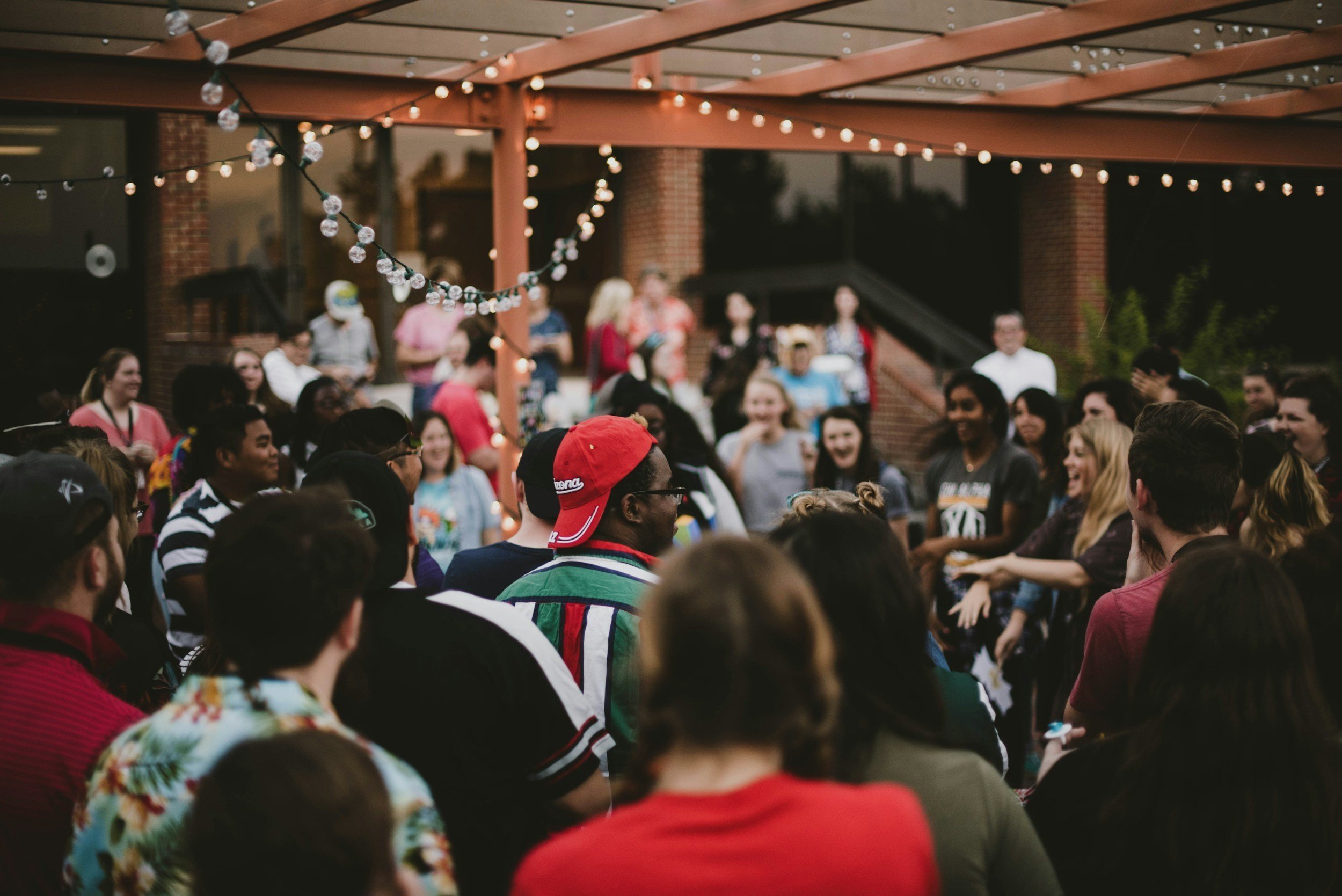
Toolkit for Accessible & Welcoming Events
Universal Design, Planning, and Organizing of Events
Introduction
Toolkit for Accessible & Welcoming Events
The Toolkit for Accessible & Welcoming Events will equip organizers to plan events intentionally with resources, ensuring that Tacoma’s cultural richness and diversity are celebrated, and events are accessible to all residents. These resources also prepare event organizers to apply for Special Events funding overseen by the City’s Events and Recognitions Committee (CERC). Through these tools, we encourage event organizers to build a welcoming community where every individual feels represented and valued at special events.
This toolkit is a critical resource in the City of Tacoma's and the Tacoma Venues & Events (TVE) efforts to foster access, opportunity, and belonging in community events.
Event organizers will learn about Universal Design, an approach to making facilities, communication materials, events, and activities accessible to and usable by everyone. This means that rather than designing for the average user, event organizers design for people with a broad range of characteristics such as native language, gender, racial and ethnic background, age, and disability.
Office of Equity & Human Rights
(City of Tacoma)
The Office of Equity and Human Rights (OEHR) aims to embed equity in our services, decision-making, and community engagement. We focus on addressing the root causes of racial inequity to provide equitable opportunities for all. Our goal is to transform organizational practices and collaborate with the community to make Tacoma welcoming, inclusive, and accessible, ensuring that all individuals have the chance to meet their needs and reach their full potential, regardless of race, gender, age, or sexual orientation.
Intersecting the pillars of Diversity, Equity, Accessibility, Inclusion, and Belonging (DEAI-B) and Universal Design principles are pivotal in creating inclusive environments that accommodate a broad spectrum of abilities and needs. These pillars and principles facilitate spaces where individuals with diverse capabilities—whether in seeing, hearing, speaking, mobility, literacy, language comprehension, cognitive processing, organization, attention, engagement, or memory—are seamlessly supported. Universal Design inherently embraces flexibility, ensuring that structures, products, and services are usable by people of varying abilities without the need for adaptation or specialized design. By integrating these principles, environments become more accessible, equitable, and conducive to the full participation and empowerment of all individuals, regardless of their unique characteristics or challenges.
tACOMA vENUES & eVENTS
(City of Tacoma)
The City of Tacoma enhances quality of life for the community and drives economic vitality through its premier venues and diverse entertainment opportunities. Tacoma Venues & Events oversees these renowned venues, which include the Tacoma Dome, one of the world’s largest wood-domed structures with flexible seating configurations ranging from 5,000-21,000; the Greater Tacoma Convention Center, artful and modern with its trademark glass walls and 119,000 square feet of event space; Cheney Stadium, home of the Tacoma Rainiers; and the historic Pantages and Rialto Theaters and Theater on the Square. The department permits and produces special events, including the annual Dr. Martin Luther King, Jr. Day Celebration and the City of Destiny Awards, and funds special events with oversight by the City's Events and Recognitions Committee.
Mission
Building vitality through Tacoma’s venues and events.
VISION
Tacoma’s connection for culture and commerce.
Values
Safety First | Legendary Experiences | One Team - One Crew | Collaborate & innovate |
Access & belonging for all
SPECIAL EVENT FUNDING:
The Special Events funding program provides financial support to qualified event producers, with funds generated by Tacoma Venues & Events and oversight by the City’s Events and Recognitions Committee. Funding is issued to events that embody principles of access, opportunity, and belonging.
We celebrate Tacoma’s diversity of people, places, cultures, and expression. Diversity and heritage are points of pride, permeating Tacoma’s rich events scene and giving character to its neighborhoods. Events are uniquely positioned to touch every person and every part of Tacoma, and we are committed to supporting the entirety of our community.
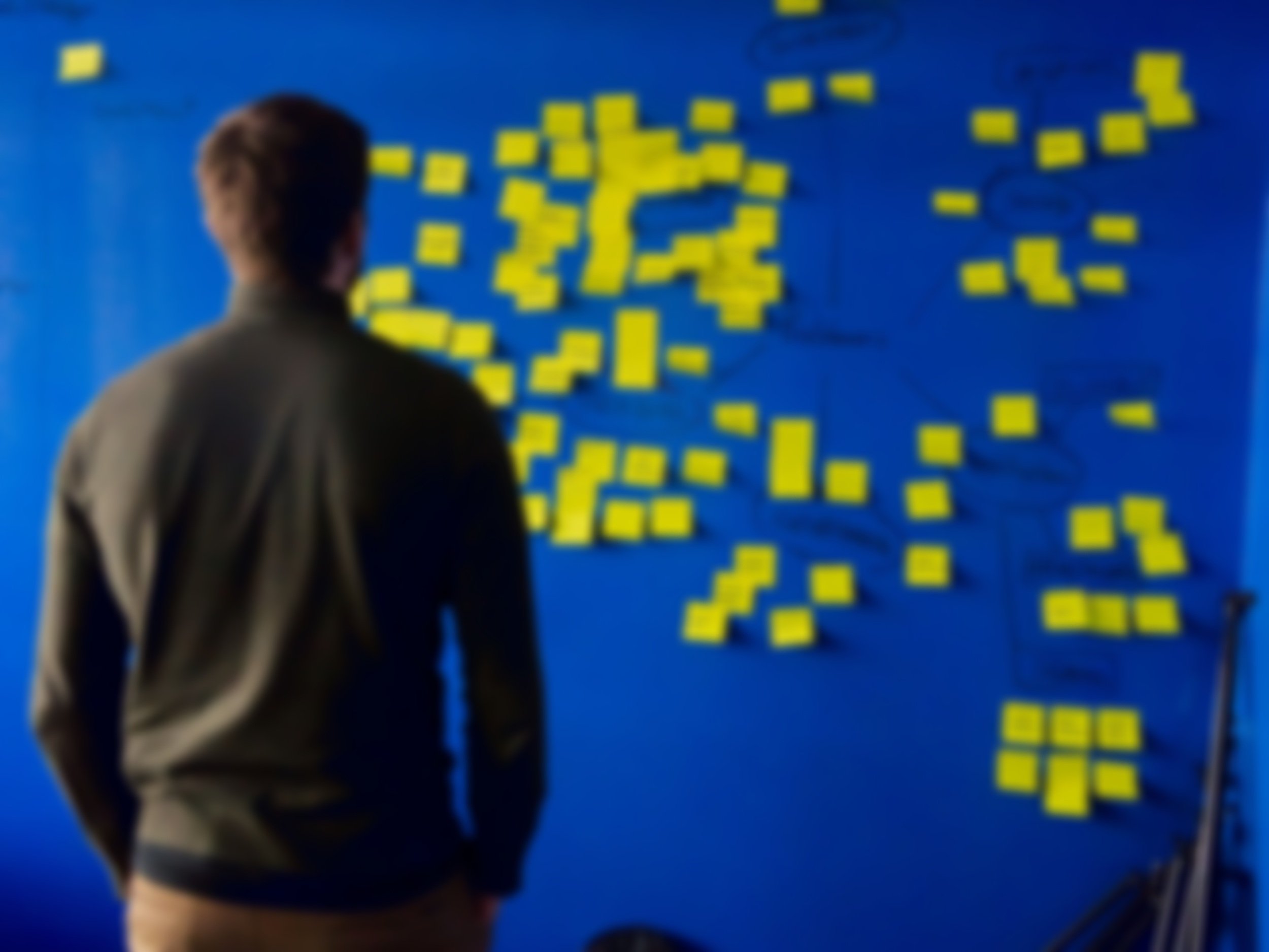
Developing a Critical Mindset
Best Practices When Designing, Planning, and Organizing Events
Universal Design principles are pivotal in creating welcoming environments that accommodate a broad spectrum of abilities and needs. These pillars and principles facilitate spaces where individuals with diverse capabilities—whether in seeing, hearing, speaking, mobility, literacy, language comprehension, cognitive processing, organization, attention, engagement, or memory—are seamlessly supported. Universal Design inherently embraces flexibility, ensuring that structures, products, and services are usable by people of varying abilities without the need for adaptation or specialized design.
Use the following Universal Design principles, established by the Center for Universal Design, to guide how you design, plan, and organize events:
a. Useful for all. The design is practical and works for people with a wide range of abilities.
b. Flexibility in use. The design accommodates different needs and preferences.
c. Simple and intuitive. The design is easy to understand, no matter a person’s experience, language, or focus level.
d. Clear communication. Information is presented in ways that work across different conditions and sensory abilities.
e. Tolerance for error. The design reduces risks and lessens the impact of mistakes or accidents.
f. Low physical effort. The design is comfortable to use without strain or fatigue.
g. Space for use. The design allows enough room for approach, reach, and participation, regardless of body size, posture, or mobility.
-
Refer to the City of Tacoma and TVE equity-specific resources:
City of Tacoma Resolution 40622 – A resolution affirming the City of Tacoma’s commitment to Anti-Racist Systems Transformation (ARST).
City of Tacoma Resolution 41278 – A resolution directing the City Manager to create an Equity Toolkit for special events for community use as a public education tool (Council Member Diaz).
Equity & Anti-Racism in Tacoma Venues by the TVE

Step 1: Set Event Goals and Objectives
-
Does the organization or planning committee represent the community for which it is planning an event?
What goals is the event trying to accomplish?
What is your data and research telling you to consider or implement?
What is the budget for the event? Will it require registration or entry admission fees? Are there populations that would be impacted by that?
What other departments or work groups impact your event?
-
Establish a committee and set goals and intentional initiatives. This group should include diverse representation, from your volunteers, board members, and staff.
Review demographic and geographic data.
Identify the intended outcomes of the event.
Numbers tell powerful stories! Use data to illustrate the unique impacts of your outcome.
Work with your organization to talk about financial goals and requirements. Bring in other departments or teams for similar conversations.
-

Step 2: Pre-Event Planning
-
Does your event consider dates, days of the week, or times that will impact your audience's availability?
Do the food and beverage options make your audience feel welcomed and safe at the event?
Does the venue incorporate Universal Design elements? If not, will the venue cater to accessibility needs identified by your audience?
Does the location of the event provide accessible transportation? Does the location of the event create barriers to already accessible transportation?
Has your organization provided training to your staff/volunteers before the event?
Do other participants understand your goals and objectives?
-
Use the data from your goals and objectives to understand patterns of your audience.
Avoid religious and cultural days of observance when selecting the event date.
Create a list of accessible food options.
Include questions about language, dietary, and accessibility needs in the registration form.
Allow opportunities for audience members to make unique requests.
Use previous data to understand what populations will be represented at your event. If your populations are narrow, ensure there is a wide variety of food available that is appropriate.
Review public transportation routes to and from your event. Work with those agencies to understand their impacts on your event on both who will be attending and not attending.
Consider Universal Design practices in venue selections, transportation, and design to find ways to be accommodating for all.
Work with venues (or build festival sites) that cater to the accessibility needs of your audience. Consider elevator access, ADA restrooms, accessible entrances (without stairs), ramps, wheelchair access, clear and legible signs, close parking, transit stops, adequate lighting, aisleway widths leading to accessible seating 36" minimum, and all gendered restrooms.
Review transportation options to and from the event and its impact to all attendees. Consider transportation impacts to non-attendees as well.
Ensure sidewalks are kept clear (no protruding cables, plants, or objects).
Consider offering a sensory-friendly session or timeframe during your event where senses are considered in creating a comfortable space for people who experience sensory overload or sensitivity.
Select speakers and presenters from diverse backgrounds that represent your audience. Make sure the content reflects a variety of perspectives and experiences.
Provide training opportunities and information to your organization, volunteers, and participants about your practices for this event.
Include training on how to engage and interact with individuals with disabilities (including invisible disabilities and sensory needs).
-
Training, Resources, and References (see Developing a Critical Mindset section)
Universal Design (see Developing a Critical Mindset section)
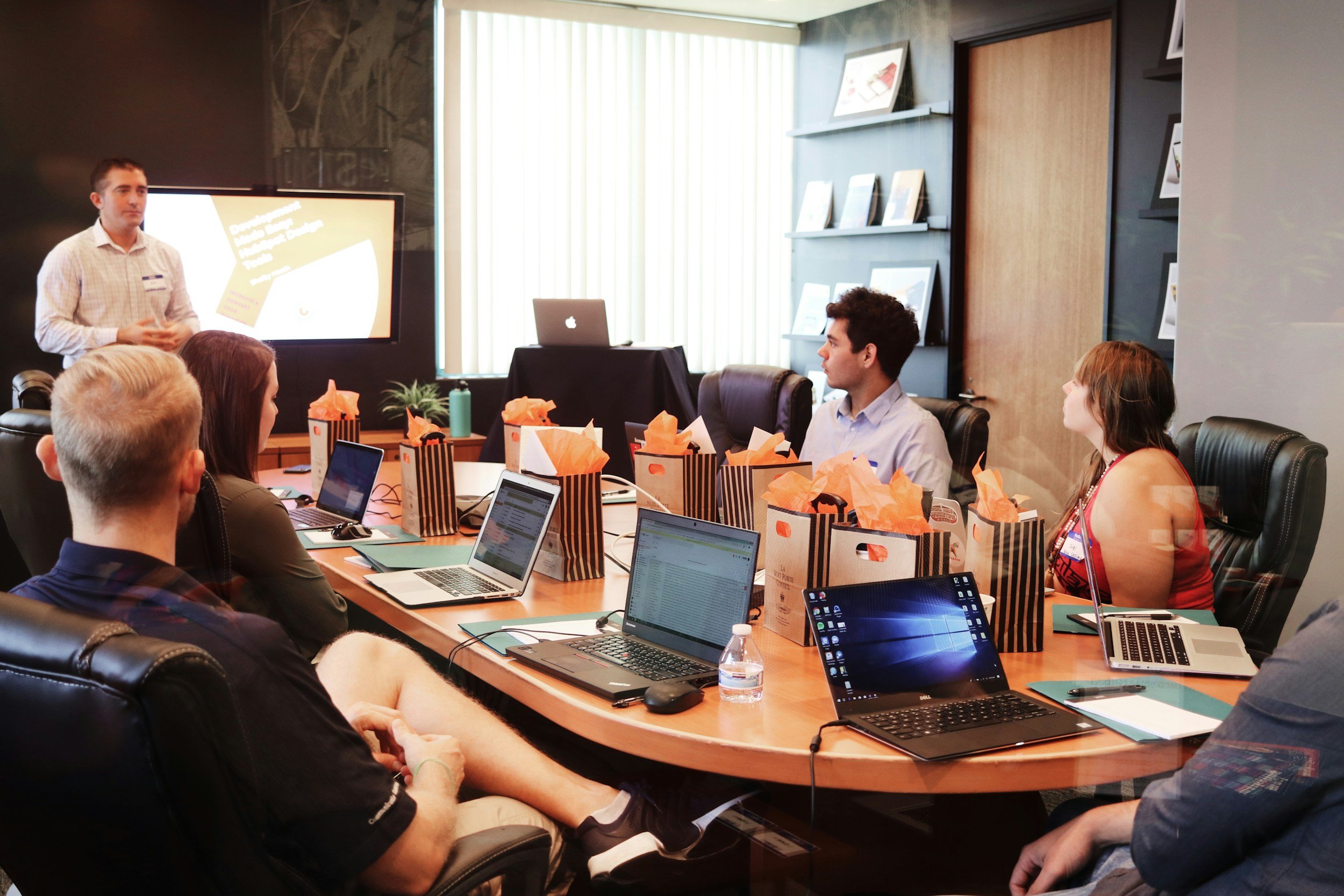
Step 3: Mindful Marketing and Outreach
-
How have you marketed the opportunities available to all audiences to ensure maximum visibility and engagement?
Does the outreach include marketing in multiple languages or use Universal Design Practices?
Consider registration and/or admission fees, language barriers, and communication needs when creating marketing campaigns.
What are the gaps illustrated by the data you’ve collected during goal setting?
What do members of the affected group(s) have to say about the design of the event?
Does it align with the intended impact/outcomes?
-
Use the data from prior research in designing your campaign.
Identify potential internal and external stakeholders and partners relevant to the event.
Create opportunities to solicit feedback from your audience members, including attendees, volunteers, participants and performers, partners, and stakeholders.
Printed materials should use Sans Serif fonts with large typeface. Color contrast should be suitable for low vision/colorblind individuals.
Ensure your website meets accessibility requirements and monitor it over time. Learn how those with disabilities use the web and train staff that update content in compliance.
Communicate with your audience what impacts and features the event holds such as accessibility options, transportation impacts, and any unique offerings that will be provided.
Use a variety of media channels to market your event. This includes social media platforms that are popular with specific groups, neighborhood districts, community bulletin boards/newspapers.
Registration Fees - Consider registration fees and how much to charge. This will depend on your event goals and targets. Consider offer offering a few no-cost registrations to ensure a wide range of participants can attend. Does this provide an opportunity to utilize grant funding from the Tacoma Venues & Events Special Events fund. More information in Step 7.
-
Work with Advocacy Groups
Create Focus Groups
Create Surveys:
is free and translatable on any internet browser
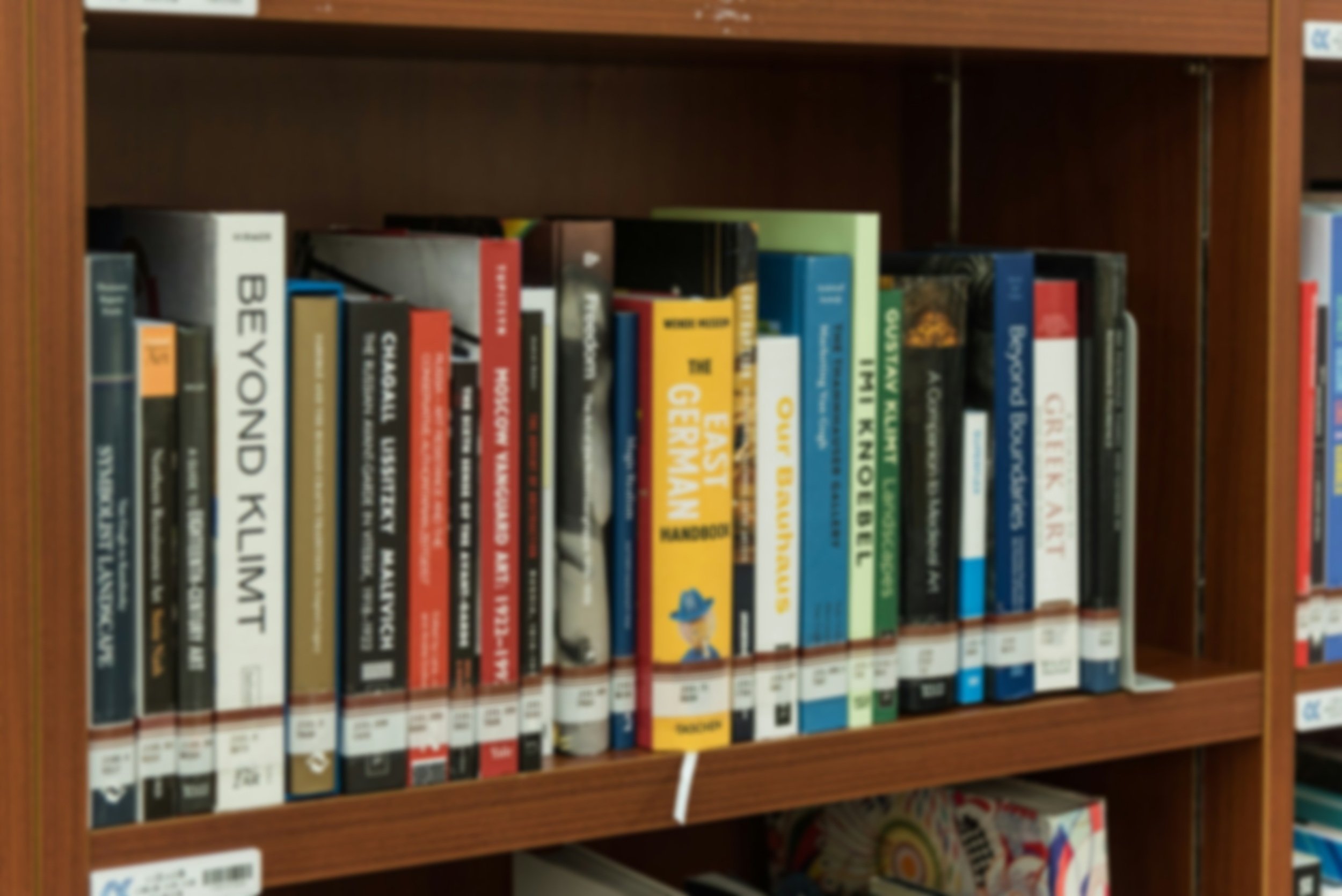
Step 4: Language Access Inset
-
What are the approximate estimates of key audience members who will likely need language access services?
What are the primary languages spoken by the audience members?
How will you communicate language access services that are currently available and provided for audience members at the event?
Will your event need ASL interpreter? How can individuals request one?
Are assisted listening devices available?
-
Designate a language access coordinator (or point-person) who will oversee the execution of language accessibility planning and procedures.
Use and leverage previous survey data to identify any language access needs.
Use your diverse media channels to promote language services that will be available during your event.
Use “I Speak Cards” in your target and secondary audience members primary languages to identify language needs.
If non or hard of hearing audience members are identified, hire an interpreter and provide reserved front row seating for access.
Overhead presentations should be in large print with printed copies available for those with visual impairment.
Provide video captioning.
Consider using a platform that offers access to multiple languages for website, registration, surveys, and feedback forms.
Use Mindful Marketing to promote your event in multiple languages through flyers, posters, digital, communication, etc.
Set aside funds in your budget to support language access services at the event.
Continue conducting outreach and gathering data to identify targeted languages for future events.
-

Step 5: Analyzing the Feedback
-
How are the findings from data and outreach addressed/incorporated in the design, planning, and organizing of the event?
What gaps were identified through the data and outreach?
How do the current planning processes support designing, planning, and organizing of the event based on data and feedback?
-
Be specific and intentional about how you’ve prioritized feedback and what mechanisms you used in implementing a collaborative approach in the design of the event.
Consider how you will collect data at your coming event. Use various options for feedback such as surveys, emails, clipboard canvasing, and QR codes throughout the event space to solicit responses from varying populations.
Explain to respondents why you are collecting the data and how it will be aggregated.
Ask questions about the data. What does the data say about your event? What did you do right? What are ways your event can improve access?
Consider how the data and feedback can illustrate the benefits of the event outcomes.
Synchronize feedback with the data that’s been collected.
After the event, communicate with your audience about what the data has shown you and how you will make changes in the future.
-
CVENT- 25 Event Survey Questions to Ask Pre, During, & Post-Event
Compile demographic information.
Data reports and feedback previously collected.
Detailed information on feedback collection strategies and methodologies.
Feedback reports you’ve collected.
Outcomes and action items designed from the data and feedback you’ve collected.

Step 6: Create Your ACCESS Plan
-
What positive changes will result from the event as it relates to your plan?
What information have you collected from data and feedback that identify systems for improvement?
What strategies will you apply to address unintended impact for communities?
-
Create a plan. Use your evidence and data to create connections. Create an event outline highlighting your strategies.
What action steps will you or your organization consider to close gaps?
What positive changes will result from your practices? What additional impacts will it have? Be honest and transparent in your findings.
Design/outline strategies supported by the event that identify gaps of service for attendees.
Identify how the event aligns with your organization's goals.
Share your case and any findings, prevailing themes, major topics of insight and/or interest from feedback.
State how the event will monitor, track and/or prioritize changes over the course of time and/or work to resolve issues.
Reference your plan often, especially when facing challenging situations.
-
Data Resources
Feedback Analysis
Researched/Proposed strategies for implementation and remediation.

Step 7: Explore Funding Opportunities
-
What is the program's merit in the event's diverse content, activities, and experiences?
What community impact will your event have?
Does your organization, staff, board members, and volunteers reflect the diverse Tacoma population? How will you include diverse perspectives in your planning team?
What would the funding support?
What community involvement will your event incorporate in terms of performers, artists, and/or speakers?
What community support and partnerships will your event incorporate? How does the community you are serving support your event?
Is your event free and open to the public?
What public benefits does your event address?
Does your event provide cultural experiences that are not otherwise available? Consider how your event will fill this gap and provide a valuable experience to attendees.
Is your event accessible and available to all who wish to attend?
How will you track attendance for the event?
-
Consider eligibility requirements for funding programs.
Identify the specific community or demographic group your event is intended to impact, and why.
Outline a full description of your event and its activities.
Ensure best practices for accessibility and Universal Design are incorporated into your event.
Discover when the timeline of the application takes place. Sign up for Question & Answer Sessions during the application window for more information and resources.
Create a budget identifying expenses and revenue for the event, and how funding programs can support the event.
Identify partners, community support, sponsors, volunteers and other funding resources that are being pursued to support the event.
Review insurance requirements.
Use previous data and feedback to determine what cultural experiences would be well received at your event.
Create tracking mechanisms such as people counters, registration, or non-traditional methods to know your event’s overall attendance as well as any collectible demographic information.
-
Tacoma Creates
Tacoma Arts Funding
Neighborhood and Community Services Funding
TVE SkillShops

Equity in Events Checklist
Organizational Planning
☐ Event organizing team – including board members, staff, and volunteers - reflects the community.
☐ Team forms a workgroup/committee to establish equity goals using data.
☐ Funding opportunities are explored. Budget is allocated for language access services and Universal Design practices.
Staff, Volunteer, and Vendor Coordination
☐ Staff and vendors are trained on core access principles.
☐ Event schedule considers the diverse needs of staff.
☐ Multiple channels are used to communicate schedule updates (announcements, screens, printed materials).
☐ Establish speakers available for language translation.
Date & Venue/Location
☐ Time and date of event are set with attention to not impact religious or cultural days of observance.
☐ Venue has access accommodations or uses Universal Design practices.
☐ Venue staff represent diverse cultures.
☐ Location has adequate lighting and safety considerations. Decor is welcoming and non-intrusive.
☐ ADA and all gender restrooms are available or provided.
☐ Access includes clear sidewalks and aisleways.
☐ Location for quiet rooms, prayer spaces, and areas for nursing are identified.
Mindful Marketing
☐ Event promotion and invitations target a diverse range of attendees and are distributed in multiple languages.
☐ Posters, flyers, and digital communications are made with attention to fonts and color contrast.
☐ Registration forms provide open opportunity to request accommodations for language, dietary, and accessibility needs.
☐ Access to language services is in all marketing materials.
☐ Website meets accessibility requirements.
Language Access
☐ A point person has been designated to coordinate language access.
☐ “I Speak Cards” are available to identify languages spoken of individuals with limited English proficiency.
☐ ASL interpreters are hired, and front row seating has been reserved if needed.
☐ Website, registration, surveys, and feedback forms are on platforms that offers translation for multiple languages.
☐ Visuals are in large print and printed copies have been made. Video captioning is provided.
Catering
☐ Catering includes options for your population that feel welcoming and inclusive.
☐ Clearly identified labels are created for any buffet-style meals.
☐ Diverse locally owned caterers are considered for your event.
☐ Accessible transportation options are available for people with disabilities.
☐ Accessible parking and clear signage is available.
☐ Additional transportation options that cater to diverse communities and languages are available.
☐ Parking and transportation plans have been created to ensure that impacted routes will not displace regular ridership, particularly those with accessibility needs.
Transportation
Diverse Vendors & Suppliers
☐ Vendors, entertainment performers, and/or presenters represent diverse backgrounds.
☐ Vendor contracts include access and belonging expectations.
☐ Vendors’ staff are provided training and understand the goals of the event and its organizers.
Equipment & Rentals
☐ Equipment such as stages and seating are accessible for all people types.
☐ Accessible technology such as assistive listening devices, captioning services, and other technologies are available through the venue or rented.
Signage & Wayfinding
☐ Signage is in multiple languages reflective of the audience.
☐ Signs are in large print, braille, and use clear icons that are culturally appropriate and inclusive.
☐ Universally accepted symbols/imagery are used to communicate across language boundaries.
Registration/Ticketing and Check-In
☐ Registration/check-in areas are accessible to all attendees including clear visible instructions.
☐ Staff or volunteers can assist with registration in multiple languages.
☐ Consideration has been given to providing free registrations or admissions to eliminate a barrier to participation.
Feedback
☐ Attendees can provide real-time feedback on the event experience (through information booths, canvasing, concierge stations, QR code, etc.)
☐ Post event surveys have been created in multiple formats and languages or available through an accessible online website.
☐ Demographic data is collected at event. Attendees are given background information on why the data is being collected and how it will be used for future planning.
☐ Attendance tracking methods are identified.
☐ Staff review results. Did you achieve your goals? Assess and make adjustments (if necessary) for future events.
TRANSLATION SERVICES
Do you need this information in Spanish?
¿Necesita esta información en español?
Do you need this information in Vietnamese?
Quý vị có cần nhận được thông tin này bằng tiếng Việt không?
Do you need this information in Korean?
이 정보자료가 한국어로 필요한가요?
Do you need this information in Russian?
Вам нужна эта информация на русском?
Do you need this information in Ukranian?
Чи потрібна вам ця інформація українською мовою?
Do you need this information in Tagalog
Kailangan ba ninyo ang impormasyong ito sa Tagalog?
Do you need this information in Samoan?
E te mana’omia lenei fa’amatalaga i le gagana Samoa?
Do you need this information in Khemer?
តើអ្នកត្រូវការព័ត៌មាននេះ ជាភាសាខ្មែរ ឬទេ?
Do you need this information in simplified Chinese?
您需要这些信息以简体中文提供吗?
